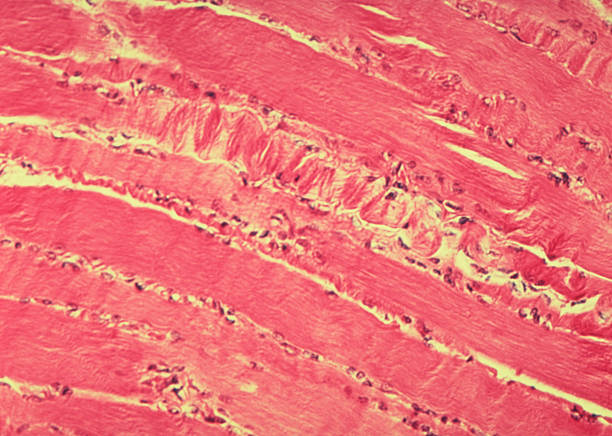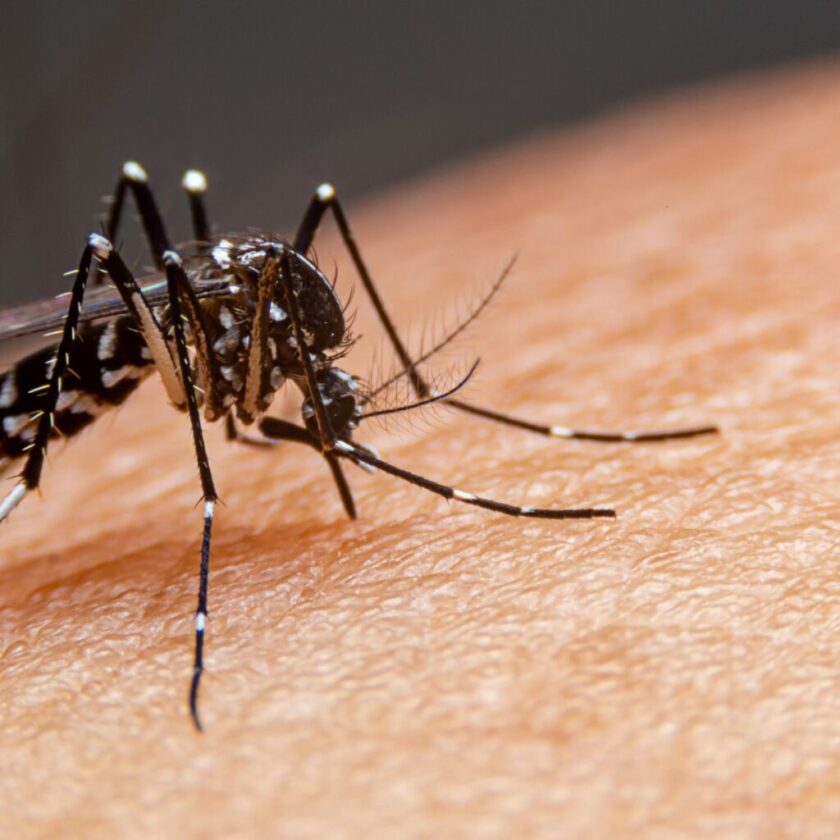By: Dr. Ameya Tripathi, Associate Editor-ICN
LUCKNOW: In our previous articles we discussed in details about how potassium is important for our body functions and how its excess is dangerous for us. Now we want to look at the deficiency of potassium and its associated conditions.
Hypokalemia
As we have discussed in our previous article, the optimal amount of potassium in our blood serum is 3.5 to 5.0 mmol/L. whenever its level falls down below 3.5 mmol/L then the condition is known as Hypokalemia. Hypokalemia is also termed as hypokalemic syndrome, low potassium syndrome, hypopotassemia syndrome. Mild hypokalemia does not present any symptoms but if level of potassium falls below 2.5 mmol/L then it is classified as severs Hypokalemia and can pose life threatening complications.
Signs & Symptoms
Hypokalemia can be differentiated into three types, and we will discuss their symptoms in these categories.
- Mild hypokalemia – level of potassium in blood serum from 3.5 mmol/L to 3.0 mmol/L can be termed as mild hypokalemia. This condition is symptom free and therefore difficult to trace unless someone is routinely getting his/her potassium levels checked.
- Hypokalemia – level of of potassium in blood serum from 3.0 mmol/L to 2.5 mmol/L can be termed as hypokalemia. The symptoms are
-
- weakness
- fatigue
- constipation
- muscle cramping
- palpitations
- myalgia
- severe hypokalemia -– level of potassium in blood serum below 2.5 mmol/L can be termed as severe hypokalemia. This condition can be life threatening. symptoms are
- paralysis
- respiratory failure
- breakdown of muscle tissue
- ileus (lazy bowels)
- rhabdomyolysis
Causes
The causes of hypokalemia can be broadly divided into three groups
- due to low potassium intake
- due to excessive loss of potassium from our body
- side effect of other medical conditions or medications
Low potassium intake
This is most obvious and somewhat rare cause of hypokalemia. Whenever someone take less potassium in his/her diet then the normal prescribed amount, hypokalemia happens. This type of condition is usually seen in
- starvation
- ketogenic diet
- anorexia nervosa
Excessive loss of potassium
Excessive loss of potassium is seen in many conditions but mainly seen when associated with heavy flush of fluid from our body. For example, vomiting, diarrhea, excessive perspiration, muscle crush injury and urinary losses. Out of theses Urinary losses is one which is often ignored and should be discussed in detail
Urinary loss-patients who have uncontrolled diabetes have condition called polyuria meaning frequent urination. This can lead to hypokalemia. Patients who are on prolonged use of loop diuretics such as furosemide or blood control medication are often prone to loss of excessive potassium from body. A special case of potassium loss occurs with diabetic ketoacidosis. Hypokalemia is observed with low total body potassium and a low intracellular concentration of potassium. In addition to urinary losses from polyuria and volume contraction, also an obligate loss of potassium from kidney tubules occurs as a cationic partner to the negatively charged ketone, β-hydroxybutyrate.
A low level of magnesium in the blood can also cause hypokalemia. Magnesium is required for adequate processing of potassium. This may become evident when hypokalemia persists despite potassium supplementation. Other electrolyte abnormalities may also be present.
An increase in the pH of the blood (alkalosis) can cause temporary hypokalemia by causing a shift of potassium out of the plasma and interstitial fluids into the urine. Disease states that lead to abnormally high aldosterone levels can cause hypertension and excessive urinary losses of potassium. These include renal artery stenosis and tumors (generally nonmalignant) of the adrenal glands, e.g., Conn’s syndrome (primary hyperaldosteronism).
Cushing’s syndrome can also lead to hypokalemia due to excess cortisol binding the Na+/K+ pump and acting like aldosterone. Hypertension and hypokalemia can also be seen with a deficiency of the 11-beta-hydroxysteroid dehydrogenase type 2 enzyme which allows cortisol’s to stimulate aldosterone receptors. This deficiency—known as apparent mineralocorticoid excess syndrome—can either be congenital or caused by consumption of glycyrrhizin, which is contained in extract of licorice, sometimes found in herbal supplements, candies, and chewing tobacco.
Other factors
In addition to alkalosis, other factors can cause transient shifting of potassium into cells, presumably by stimulation of the Na+/K+ pump. These hormones and medications include insulin, epinephrine, and other beta agonists (e.g. salbutamol or salmeterol), and xanthines (e.g. theophylline).
Rare hereditary defects of muscular ion channels and transporters that cause hypokalemic periodic paralysis can precipitate occasional attacks of severe hypokalemia and muscle weakness. These defects cause a heightened sensitivity to the normal changes in potassium produced by catecholamines and/or insulin and/or thyroid hormone, which lead to movement of potassium from the extracellular fluid into the muscle cells.
A handful of published reports describe individuals with severe hypokalemia related to chronic extreme consumption (4–10 l/day) of colas. The hypokalemia is thought to be from the combination of the diuretic effect of caffeine and copious fluid intake, although it may also be related to diarrhea caused by heavy fructose ingestion.
Pseudo hypokalemia is a decrease in the amount of potassium that occurs due to excessive uptake of potassium by metabolically active cells in a blood sample after it has been drawn. It is a laboratory artifact that may occur when blood samples remain in warm conditions for several hours before processing. Fructose ingestion.
Rare hereditary defects of renal salt transporters, such as Bartter syndrome or Gitelman syndrome, can cause hypokalemia, in a manner similar to that of diuretics. As opposed to disease states of primary excesses of aldosterone, blood pressure is either normal or low in Bartter’s or Gitelman’s.
Diagnosis.
Blood test normally confirms hypokalemia. The levels of potassium are checked. if it falls below 3.5 mmol/L hypokalemia is diagnosed.
Electrocardiogram- Hypokalemia leads to characteristic ECG changes (QRS prolongation, ST-segment and T-wave depression, U-wave formation).
Treatment.
Treatment of hypokalemia consists of treating life threatening symptoms and eliminating there causes. Instant hospitalization is required if symptoms worsens with constant monitoring of heart rate and rhythms. Treating low potassium levels in the hospital requires a multi-step approach:
- Remove causes: After identifying the underlying cause, your doctor will prescribe the appropriate treatment. For example, your doctor may prescribe medications to reduce diarrhea or vomiting or change your medication.
- Restore potassium levels: You can take potassium supplements to restore low potassium levels. But fixing potassium levels too quickly can cause unwanted side effects like abnormal heart rhythms. In cases of dangerously low potassium levels, you may need an IV drip for controlled potassium intake.
- Monitor levels during hospital stay: At the hospital, a doctor or nurse will check your levels to make sure the potassium levels don’t reverse and cause hyperkalemia instead. High potassium levels can also cause serious complications.
After you leave the hospital, your doctor may recommend a potassium-rich diet. If you need to take potassium supplements, take them with lots of fluids and with, or after, your meals. You may also need to take magnesium supplements as magnesium loss can occur with potassium loss.
Hypokalemia which is recurrent or resistant to treatment may be amenable to a potassium-sparing diuretic, such as amiloride, triamterene, spironolactone, or eplerenone. Concomitant hypomagnesemia will inhibit potassium replacement, as magnesium is a cofactor for potassium uptake.
Mild hypokalemia (>3.0 mmol/L) may be treated by eating potassium-containing foods or by taking potassium chloride supplements in a tablet or syrup form (oral supplements). Foods rich in potassium include leafy green vegetables, avocados, tomatoes, coconut water, citrus fruits, oranges, or bananas. However, the quantities of potassium present in these foods are often not high enough to correct hypokalemia and additional potassium is generally required.
Hope you enjoyed this part. Stay tuned for next.share with family and friends.
Dr Ameya Tripathi is celebrated dental surgeon, social worker, writer, dental implantologist working at Rama Dental Clinic & Implant center Mahanagar Lucknow and Gomti Nagar Lucknow as its director. His works can be visited at www.ramamdentalclinic.com




